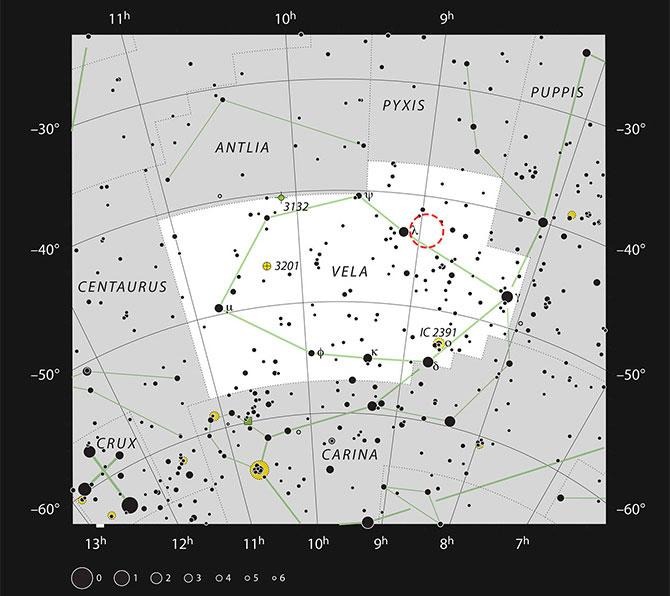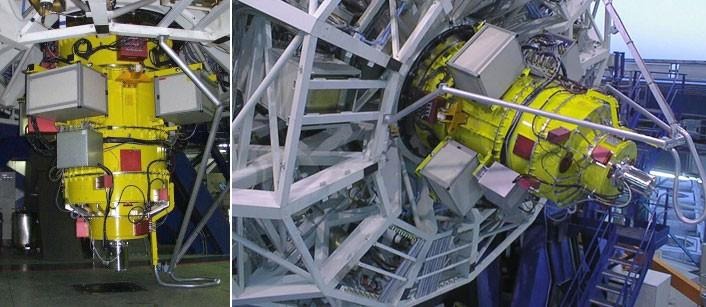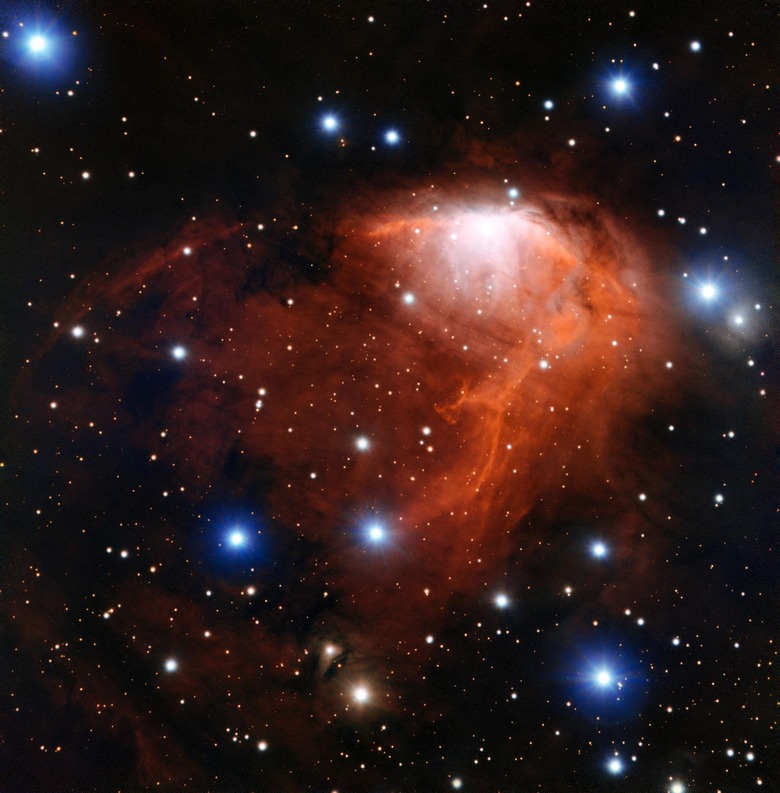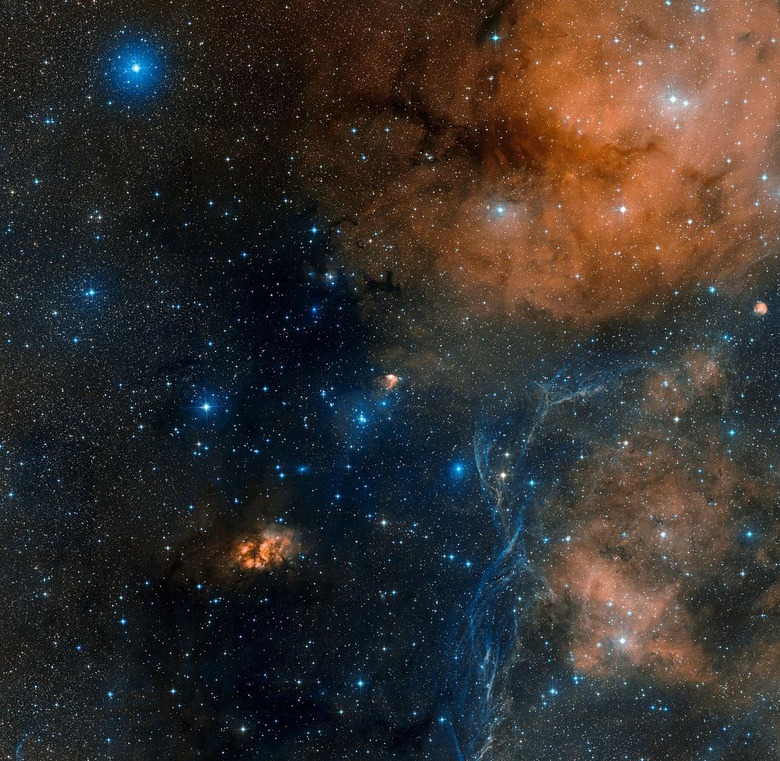This One Photo: The Birth Of A Star-Forming Nebula, RCW 34
Witness the birth of a nebula by the name of RCW 34, complete with the cosmic process called "champagne flow" as young stars cook themselves inside-out. The image you're seeing here was captured by the ESO's Very Large Telescope (VLT) in Chile. This is the birth of a brightly, gloriously light cloud of gas, found in the southern constellation of Vela. Otherwise known as the south of The Sails, this image is the result of the workings of the Very Large Telescope's FORS instrument – that's the Focal reducer and low dispersion spectrograph in effect.
Throughout the nebula you see here, young stars are forming. This hydrogen gas cloud is filled with stars that, as they cook and change, push ionized gas outward. This expansion of gas is what's known as the "champagne flow," growing with speed as the oldest stars, near the center of the nebula, set off a chain reaction in lower mass stars on ever outward.
Below you'll see the full-sized version of the photo based on browser size – click for the largest version available.
Next you'll see "The region around the nebula RCW 34 is seen in this amazing view captured by the Digitized Sky Survey 2." This comes from the European Southern Observatory / Digitized Sky Survey 2.
This region can be found in the star-forming area Gum 19. Below you'll see a brief presentation from the folks at Space.com giving a good idea of how far away this region really is.
The chart you see here shows Vela (The Sails) constellation with all stars visible to naked eye, via ESO, IAU AND SKY & TELESCOPE.
RCW 34 is marked with a red circle.

Following this paragraph is you'll see two views of FORS. This instrument is one of two, the first "FORS1" being removed from the Very Large Telescope array to make way for the instrument known as X-shooter. The closer (redder) image you see above was captured with FORS2.

FORS was designed "as an all-dioptric Cassegrain instrument for the wavelength range from 330 nm to 1100 mm." This is according to the ESO's paper Successful commissioning of FORS1 – the first optical instrument on the VLT".
Behold the awesomeness of a couple of the most advanced image-capturers in the world! Below you'll see additional views of space from around the world.


